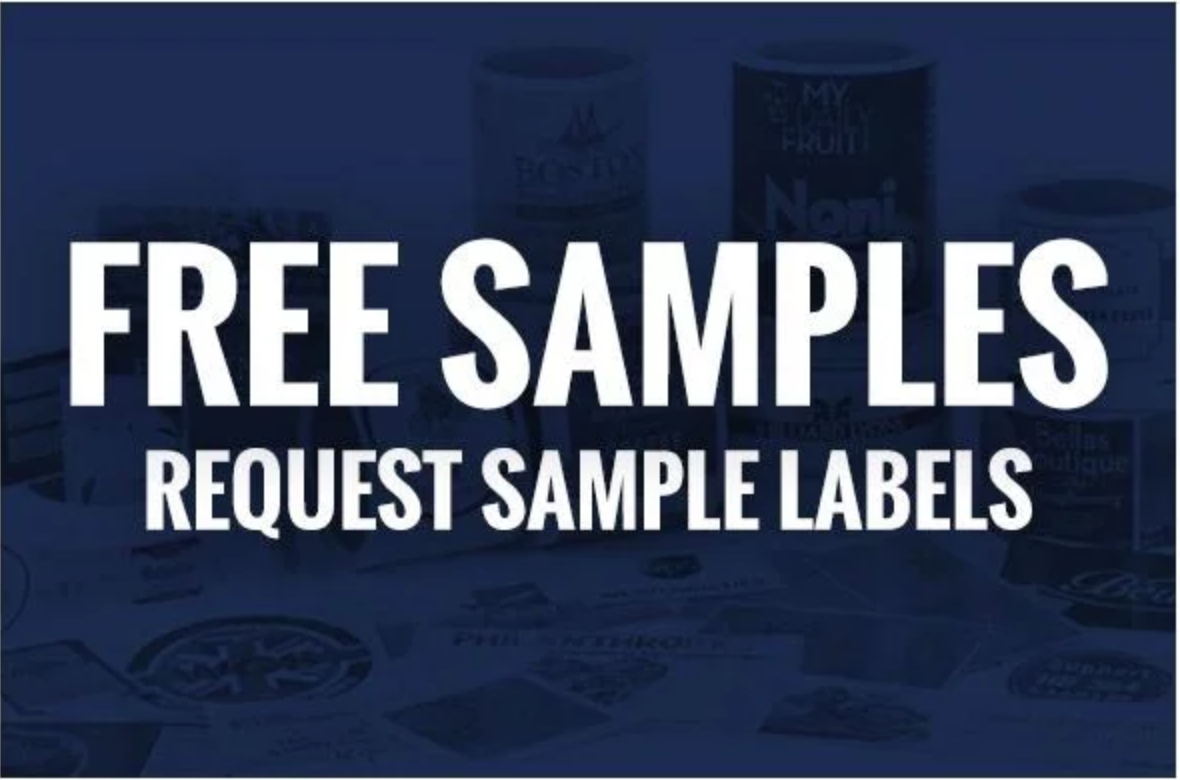 At Louisville Label, many factors play a part in choosing the most appropriate stock for the label we are going to print. To get the best results, we ask customers many questions. For example, we need to know what the label will be printed on, the temperature of application, exposure to harsh environments and chemicals, and how long the label will need to last. These are just a few examples, but it helps customers to understand that the stocks can vary greatly based on what the end use is.
At Louisville Label, many factors play a part in choosing the most appropriate stock for the label we are going to print. To get the best results, we ask customers many questions. For example, we need to know what the label will be printed on, the temperature of application, exposure to harsh environments and chemicals, and how long the label will need to last. These are just a few examples, but it helps customers to understand that the stocks can vary greatly based on what the end use is.
At Louisville Label, we offer a wide range of stock options, from more basic paper stocks to higher end film. Paper is probably the most widely used here as it can come in a variety of looks, from Matte to High Gloss, and at less expense. Food labeling, inventory control, business marketing, and sale tags are all examples of what paper stock is used for. Film, on the other hand, will hold up better when exposed to variables such as food or liquids, and can also give the option of clear labeled printing. These stocks will typically cost more but give the opportunity for more applications as well.
Another option that many customers require are blank labels they can use to print within their own facility at a later time. Direct and Thermal Transfer stocks are the most common for this situation and can be cut to size for each customer’s need. These labels, which come in paper or film, will most often be used for inventory control and shipping.
Paper and films are only two types of materials used, but they are the most common and can have a variety of personal characteristics added based on the needs of the customer. Some examples could include using UV resistant inks, or adding a lamination or printing on a designated opaque form of the stock so that a customer may use the label to cover up something else. The majority of the time these stocks, with the exception of Thermal, can be interchangeable. In fact, in a lot of the cases, the type of adhesive used is more important than the stock itself. That being said, each stock is designated with a certain adhesive that can be tailored to fit each situation as well.
There are many variables that go into picking the correct stock for each individual requirements, and as the need for protection and longevity increases, so does the cost. Sometimes the prices do not vary greatly, but adding on many “bells and whistles” to the product, or getting a higher end, less used product, can cause the price to jump. If you would like to get a quote or if you have questions about other stock options, contact us. We would be happy to answer any questions you have.

